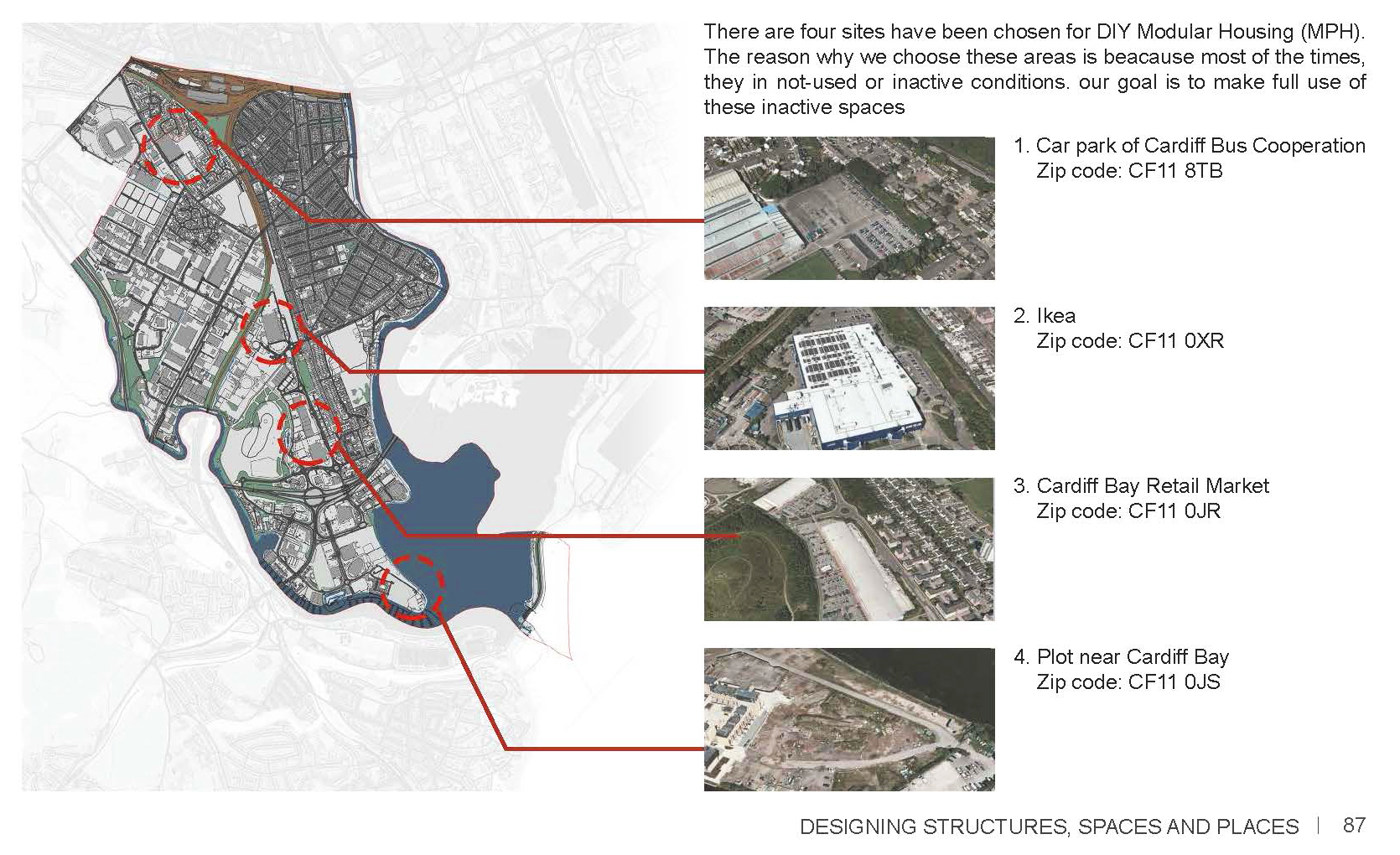Aseem Inam: How does one design a design studio that empowers future urbanists to engage deeply with, and to address critically, the urgent challenges that contemporary cities face?
Two of most significant challenges that cities face are the climate crisis and urban inequality. While awareness of the climate crisis has grown exponentially in the last few decades, I would argue that urban inequality has existed most likely from the earliest cities several millenia ago. At its root, urban inequality has to do with the systematically uneven distribution of power, as it is expressed not only in space and form but also in how material resources are controlled and distributed across cities.
In the contemporary era, one of the most prevalent forms of urban inequality is gentrification. Drawing from the work of Mark Davidson and Loretta Lees, we define gentrification as follows: Gentrification is a process with the following core elements: i. reinvestment of capital seeking higher profit [e.g. instead of investing in people], ii. social change [including homogenization] of area by incoming higher income groups, iii. physical change in the material city [i.e. built environment], and iv. direct or indirect displacement of lower-income groups.
The Grangetown area of Cardiff in the UK is close to the city center, borders the River Taff, is well known for its historic Victorian core, and is undergoing change. As the city of Cardiff continues to grow and expand vertically and horizontally, Grangetown is on the cusp of becoming heavily gentrified, thus displacing lower-income families and small businesses that give the area its social and physical character. We wanted to find out what can be done about it.
The best way to start to understand what is going on: more generally, what is gentrification, how do we know it is occurring, and what are its effects on the city and its residents, and more specifically, what is going on in Grangetown in terms of current conditions and changing circumstances. In this manner, we embraced the notion of "research as practice," which undertaking rigorous and systematic research that is integral to creative design practice – in other words, it is a dialectical process.
We worked with students in the MA Urban Design program through a series of reading discussions of existing research on gentrification, studies conducted by the students themselves on changing conditions in Grangetown, and interaction with the area and its representatives. Throughout this process, students brainstorm creative and critical approaches to not only "anti-gentrification design strategies," but also ways to design a more equitable city in Grangetown at multiple scales: a site, a street, a neighborhood, the entire area and even regionally.
Among the strategies developed by the 9 groups of students guided by my colleagues and I are: affordable housing through self-building and modest refurbishment of empty housing, "just green enough," community land trust to ensure local ownership of land, uplifting local businesses, community gardens, housing cooperatives, a mix of land uses including live/work housing types, and building a solidarity economy through means such as establishing a local labor network. How do these different design strategies work together to create a more equitable Grangetown?
As an illustrative example, one group of students – under my guidance – proposed that these strategies are coordinated and expressed spatially through a serious of affordable corridor developments throughout the larger Grangetown area. The first phase of these corridors targets areas that are currently in greatest need [e.g. those with the lowest income families and least number of affordable housing units]. The second phase, scheduled to begin around 10 years after the first one, learns it lessons from the first phase and focuses its strategies in the industrial areas. The third phase of this corridor strategy is most ambitious in terms of how land is owned, managed and utilized at a larger scale. Thus, beginning with anti-gentrification design strategies and continuing with creation of a more equitable city requires the on-the-ground testing of creative and interdisciplinary design approaches over a period of decades, rather than years.
If we are serious about dealing with the critical challenges of urban inequality as manifested in gentrification, these are the types of multifaceted and long-terms approaches we must design now and in the future. AI



